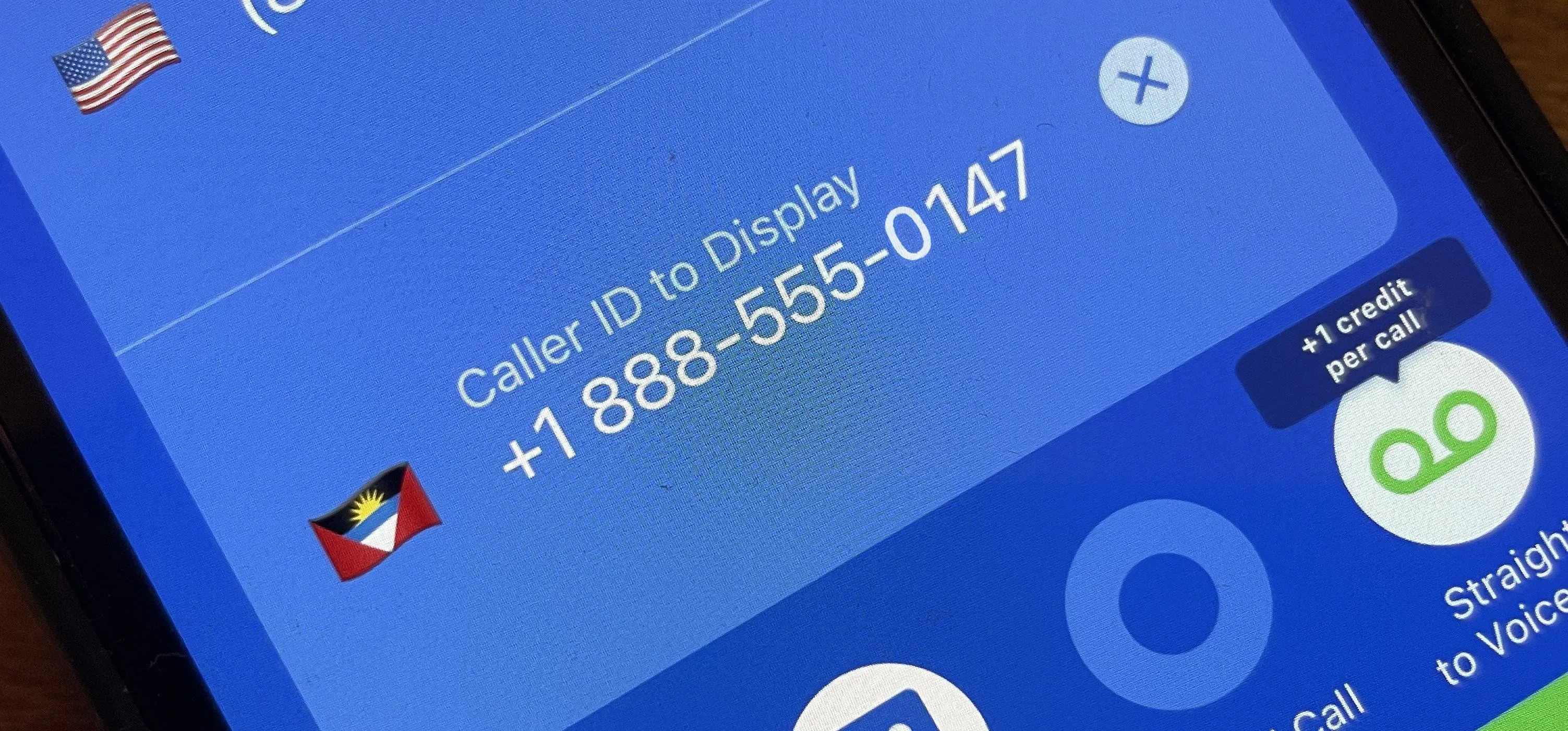Hacking macOS


how to
How to Identify Antivirus & Firewall Software Installed on Someone's MacBook


how to
Spawn Multi-Threaded Netcat Backdoors on macOS with One Command


how to
Use Images to Smuggle Data Past MacOS Firewalls
Featured On Null Byte:
Cyber Weapons Lab










Featured On Null Byte:
Wi-Fi Hacking










Featured On Null Byte:
Password Cracking










Featured On Null Byte:
Linux Basics










Featured On Null Byte:
Metasploit Basics






















































































































































